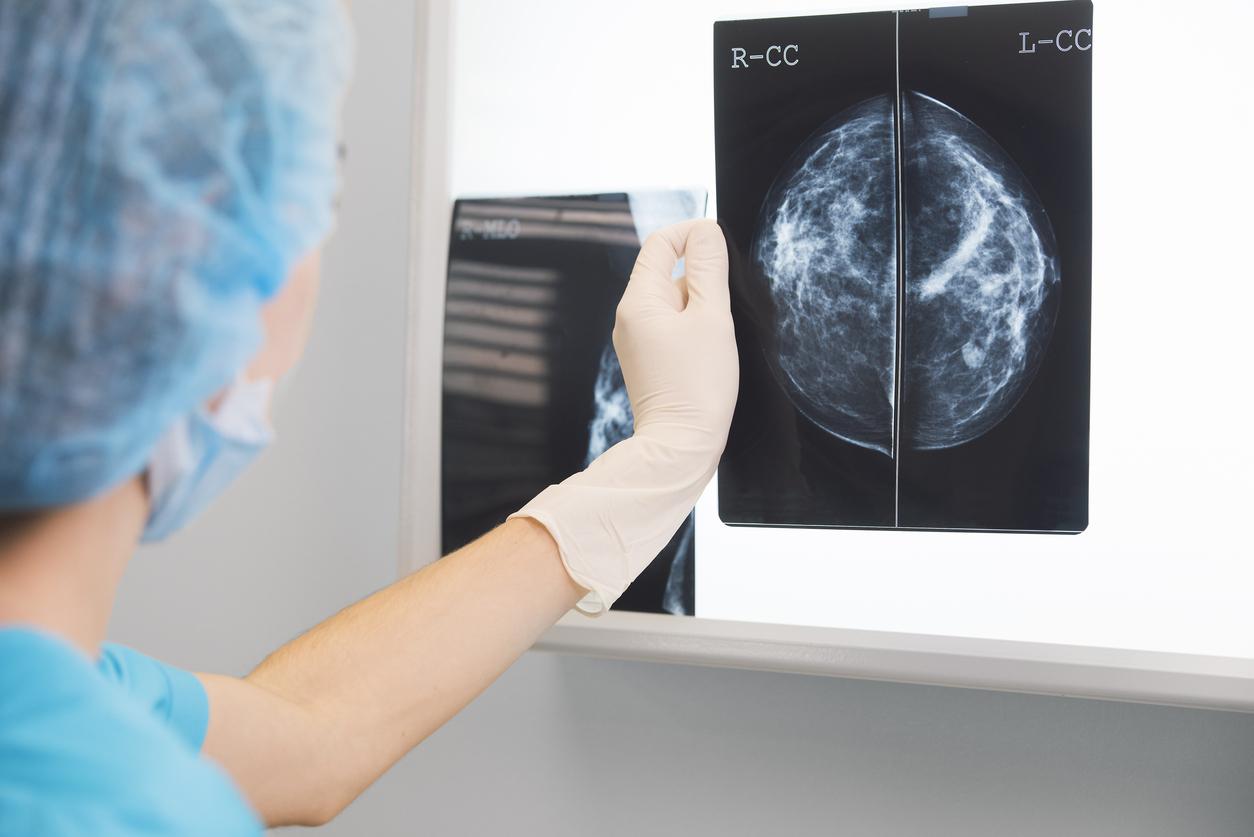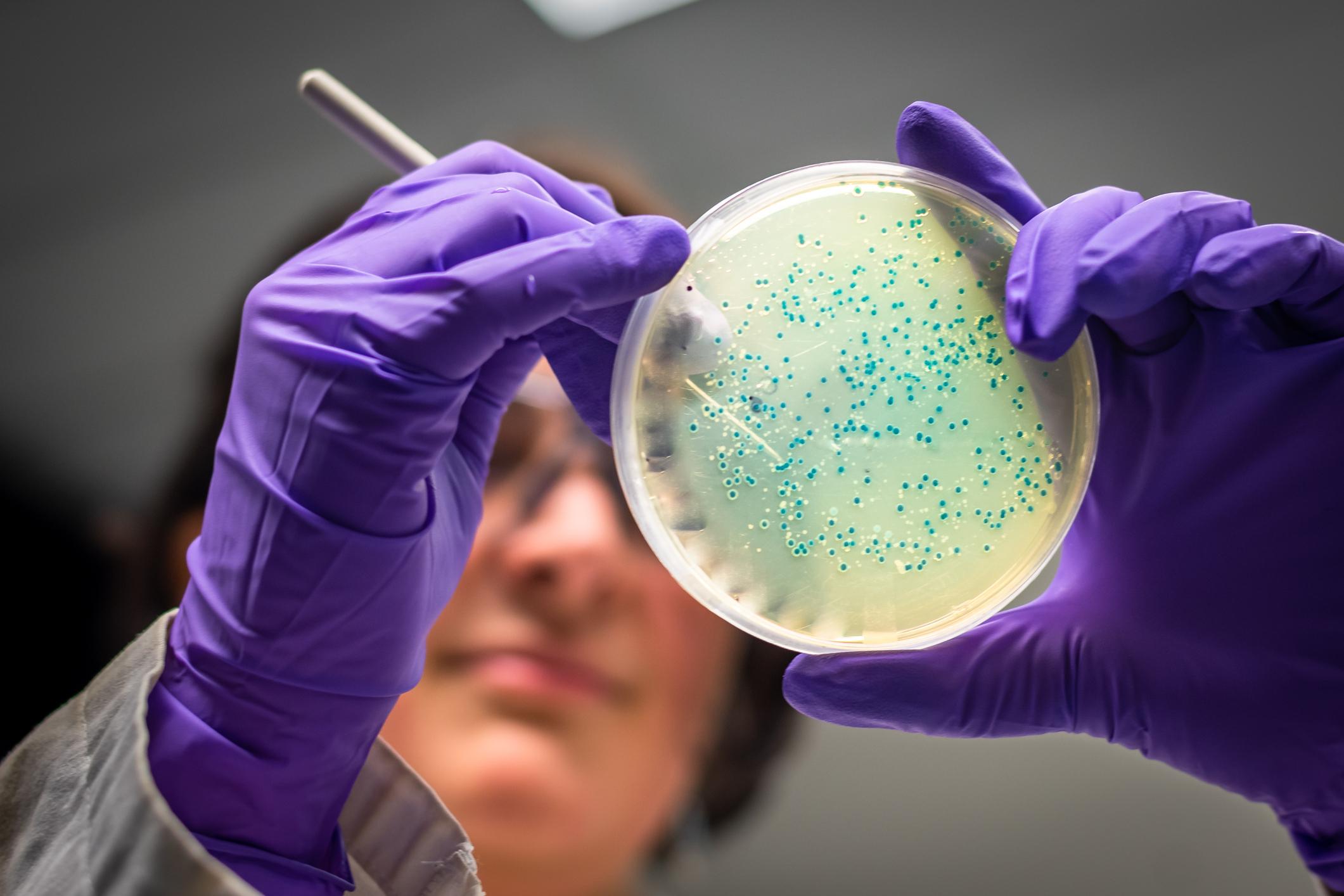Kill bacteria that are multi-resistant to antibiotics, without destroying those beneficial to the body. This is the function of a “bacterial genetic bomb”, programmed by researchers from the Pasteur Institute, the National Center for Scientific Research (CNRS) and the Universidad Politécnica (Madrid). The goal? Fight againstemergence of superbugs, caused by overuse of antibioticsin the world. A threat that raises fears that, by 2050, infectious diseases will once again become the leading cause of death in the world.
Target resistance genes precisely
In an article appeared in the review Nature Biotechnology this Monday, April 15, scientists describe this device for the self-destruction of dangerous germs. To understand the technology developed, remember that when taking a antibiotic treatment, the therapeutic molecules target in a non-targeted manner all the bacteria of the microbiota. This leads to disturbances in the bacterial ecosystems of the belly, called dysbiosis, which give way to so-called “opportunistic” germs. This is how resistance to the antibiotic is induced.
To prevent these dysbiosis, we must be able to develop antimicrobial strategies that are able to target their victims. A tool, CRISPR-CAS 9, was already able to precisely target resistance genes in pathogenic bacteria. But they managed to escape the different defense mechanisms put in place by the body. This is called the “escape rate”.
Destructive toxins
This time, the new technique developed by French and Spanish researchers is based on the ability of bacteria to exchange genes – called conjugation – through an annex fragment of their DNA – the plasmid. On zebrafish and brine shrimp, they inserted a gene inside the bacterial plasmid that controls the production of powerful toxins, capable of killing these germs. They then refined this “gene bomb” so that this poison could only target antibiotic-resistant strains.
“The escape rate of this alternative strategy is very low, indicates Didier Mazel, director of the study in a press release. It can now easily be adapted to the specific destruction of many other pathogens such as streptococcus or the bacteria Klebsiella pneumonae, source of pneumonia. “ A European patent application has been filed, but it will be years before clinical trials can take place in humans.
Read also :
-
Antibiotic resistance: the fish trail
Antibiotic resistance will cause 10 million deaths per year in 2050
















